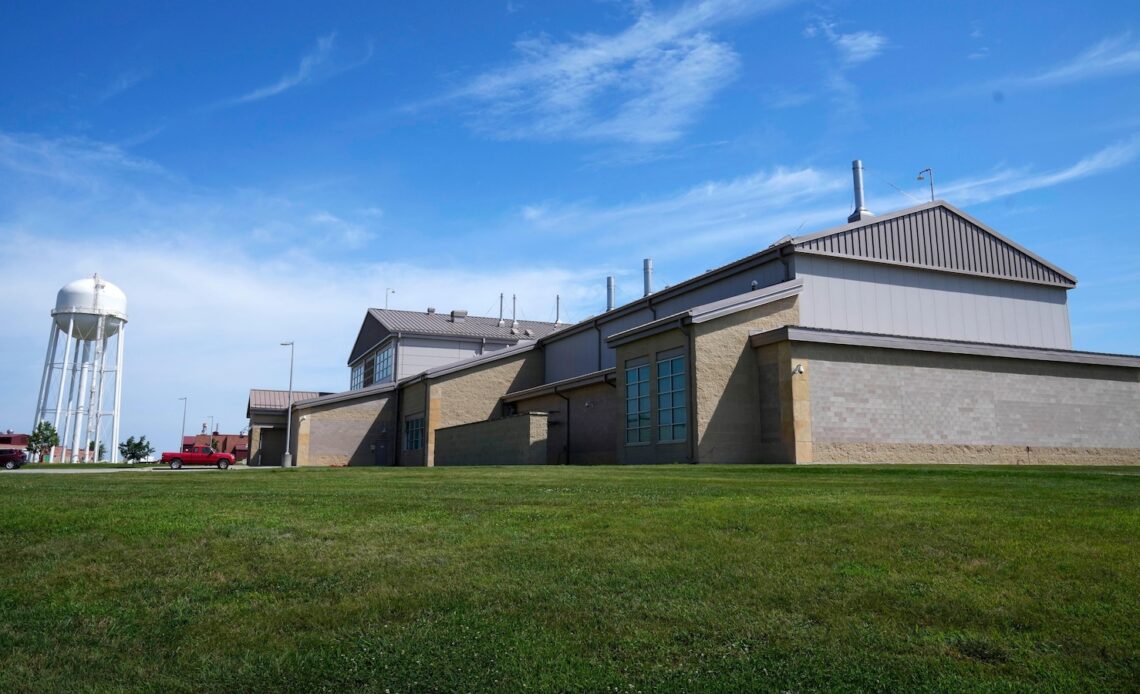AMES, Iowa — At first glance, it looks like an unassuming farm. Cows are scattered across fenced-in fields. A milking barn sits in the distance with a tractor parked alongside. But the people who work there are not farmers, and other buildings look more like what you’d find at a modern university than in a cow pasture.
Welcome to the National Animal Disease Center, a government research facility in Iowa where 43 scientists work with pigs, cows and other animals, pushing to solve the bird flu outbreak currently spreading through U.S. animals — and develop ways to stop it.
Particularly important is the testing of a cow vaccine designed to stop the continued spread of the virus — thereby, hopefully, reducing the risk that it will someday become a widespread disease in people.
The U.S. Department of Agriculture facility opened in 1961 in Ames, a college town about 45 minutes north of Des Moines. The center is located on a pastoral, 523-acre (212-hectare) site a couple of miles east of Ames’ low-slung downtown.
It’s a quiet place with a rich history. Through the years, researchers there developed vaccines against various diseases that endanger pigs and cattle, including hog cholera and brucellosis. And work there during the H1N1 flu pandemic in 2009 — known at the time as “swine flu” — proved the virus was confined to the respiratory tract of pigs and that pork was safe to eat.
The center has the unusual resources and experience to do that kind of work, said Richard Webby, a prominent flu researcher at St. Jude Children’s Research Hospital in Memphis.
“That’s not a capacity that many places in the U.S. have,” said Webby, who has been collaborating with the Ames facility on the cow vaccine work.
The campus has 93 buildings, including a high-containment laboratory building whose exterior is reminiscent of a modern megachurch but inside features a series of compartmentalized corridors and rooms, some containing infected animals. That’s where scientists work with more dangerous germs, including the H5N1 bird flu. There’s also a building with three floors of offices that houses animal disease researchers as well as a testing center that is a “for animals” version of the CDC labs in Atlanta that identify rare (and sometimes scary) new human infections.
About 660 people work at the campus — roughly a third of them assigned to the animal disease center, which has a $38 million annual budget. They were already busy with a wide range of…
Click Here to Read the Full Original Article at ABC News: Health…

